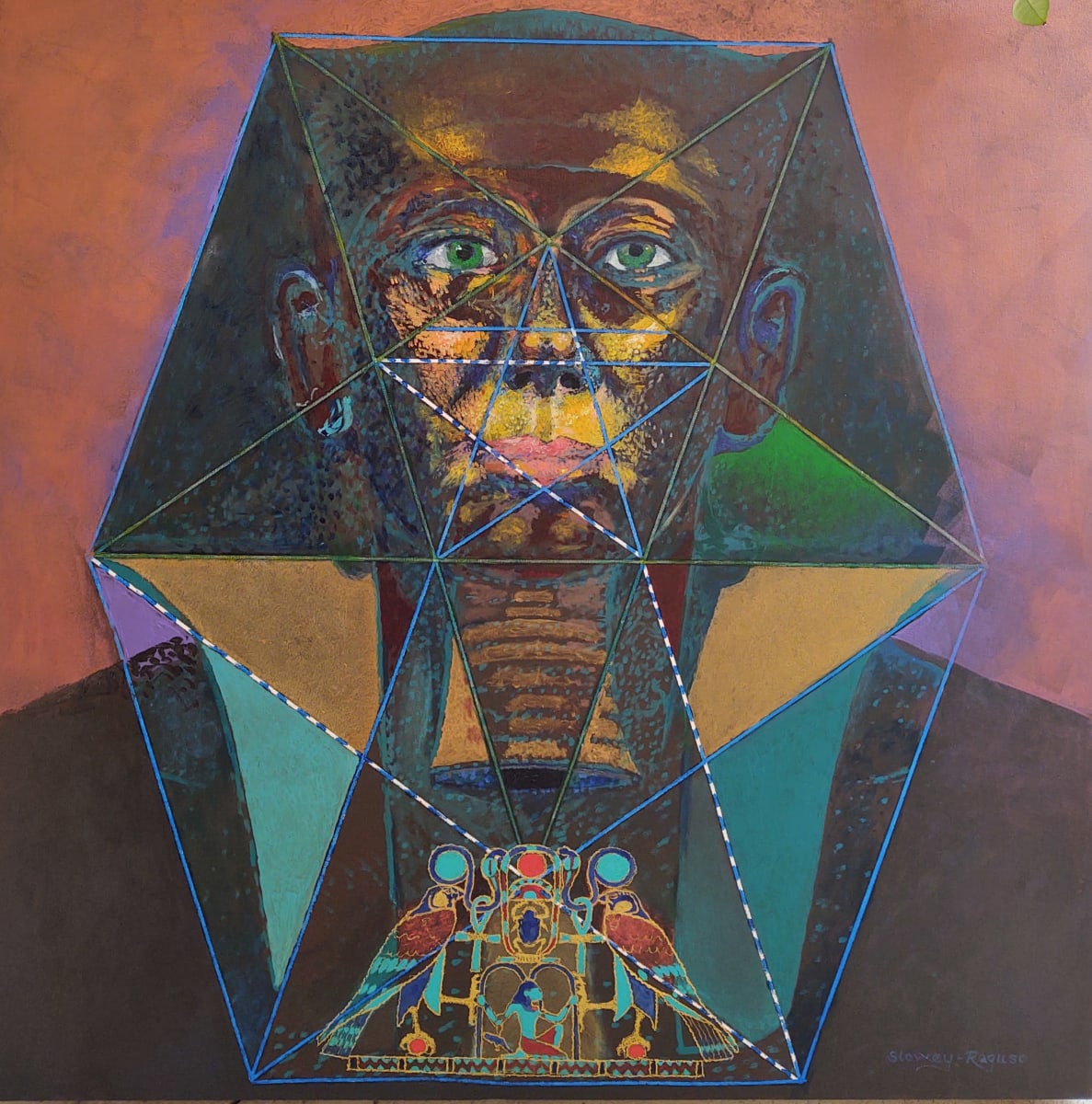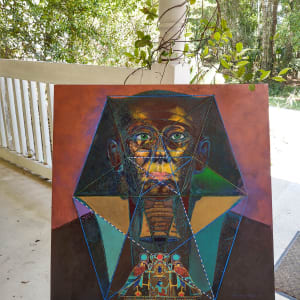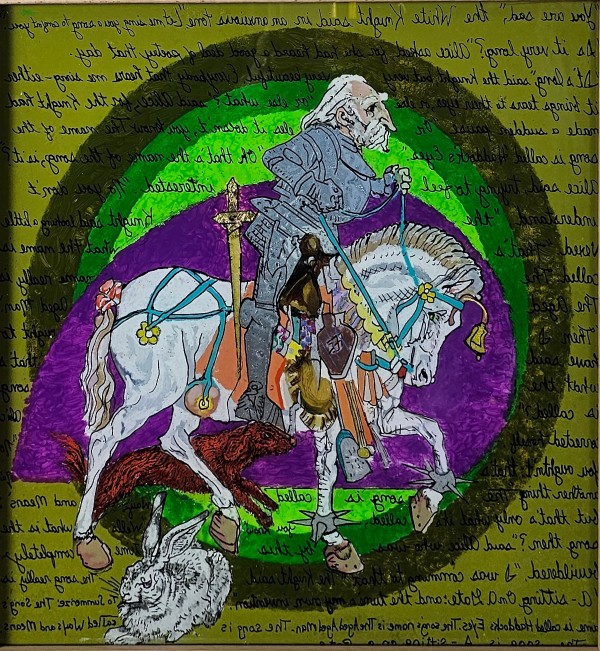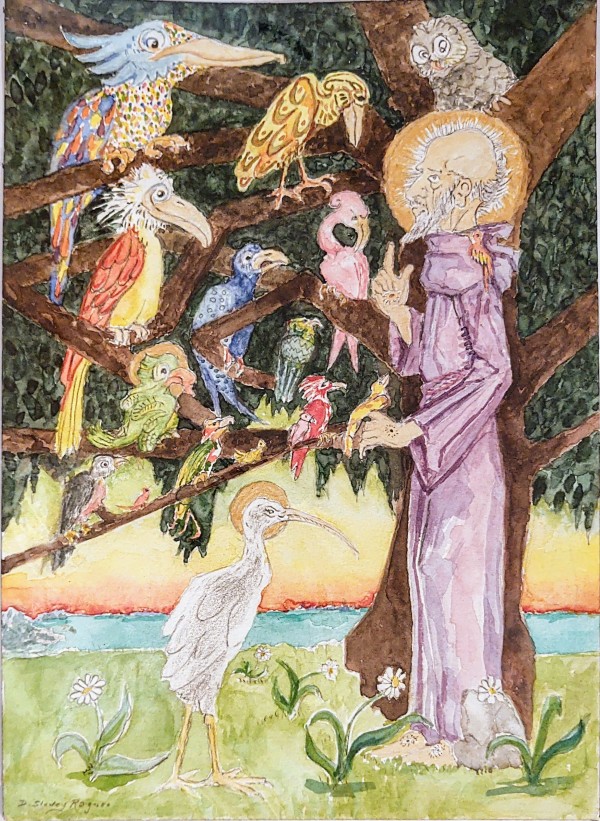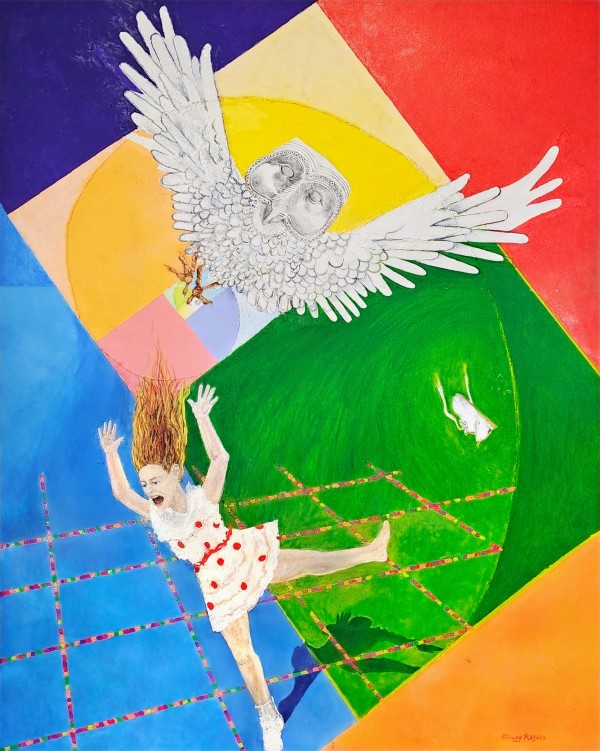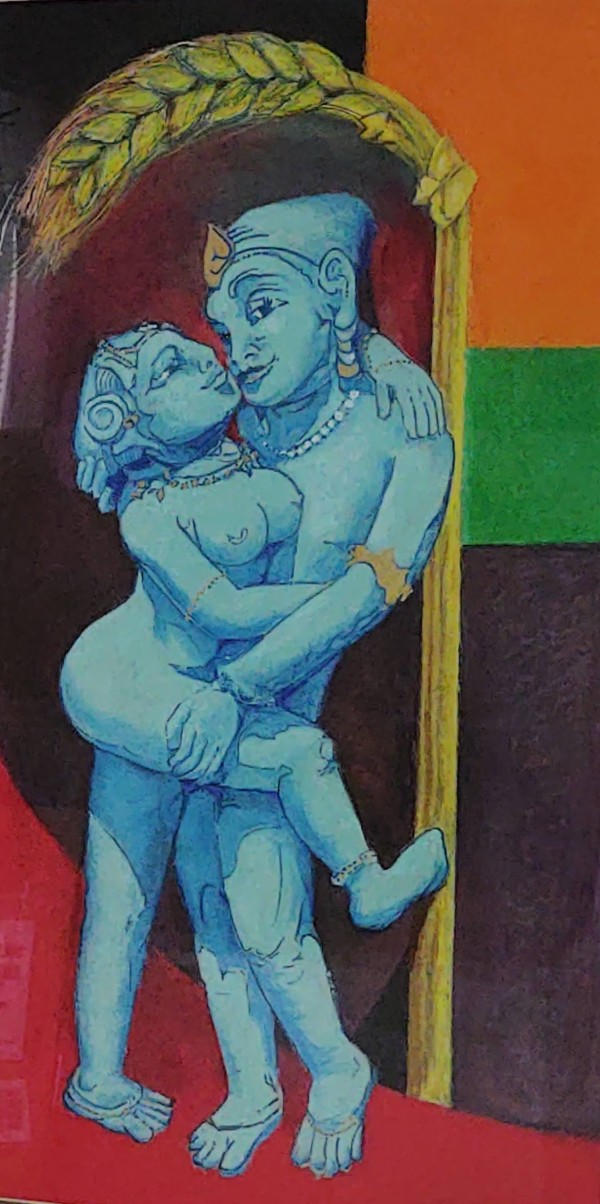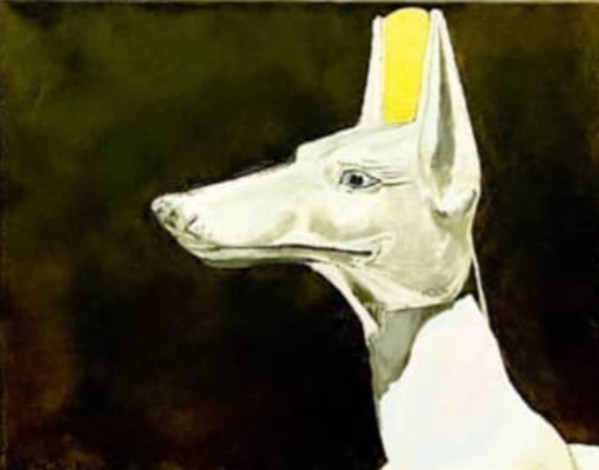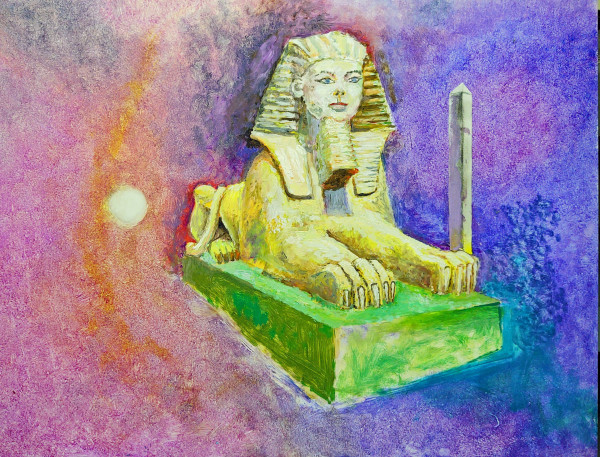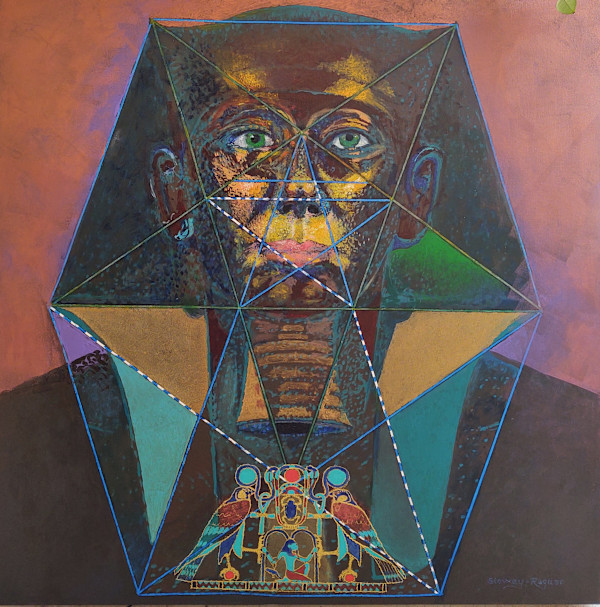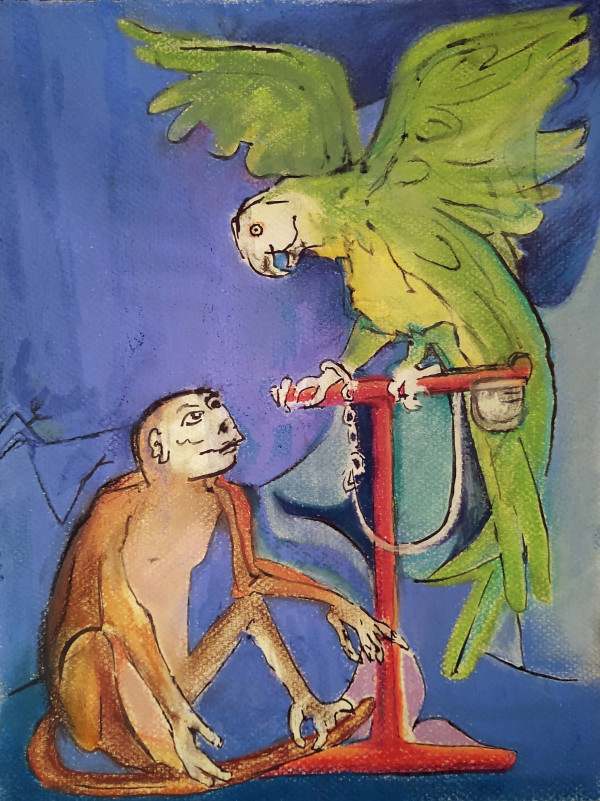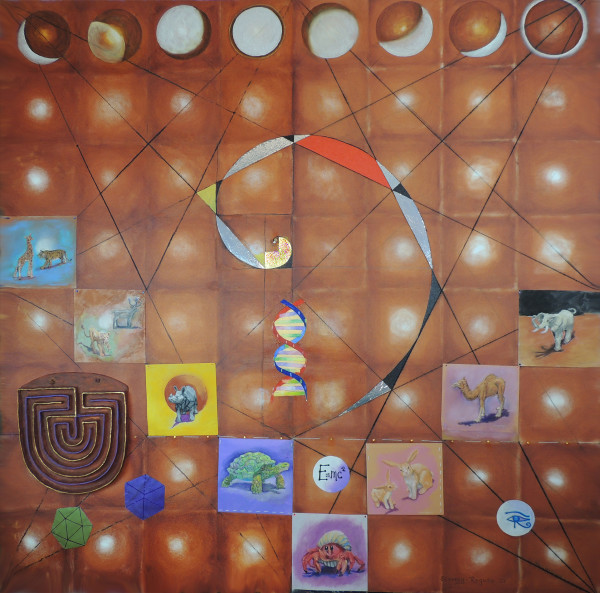Hatshepsut: An Artistic Ideal
Hatshepsut, the remarkable female pharaoh, initially co-ruled with her husband before asserting herself as the singular, dominant King of Egypt. In a profound act of artistic experimentation, Egyptian sculptors and painters depicted her in a manner that fused her female form with kingly regalia. Her portraits often adopted a male physique, adorned with the traditional kilt, nemes head-cloth, and ceremonial false beard. This was not an attempt to conceal her gender, but rather a deliberate artistic decision: a reflection of the era's ideal of kingship, portraying not merely what was seen, but what was deemed true and symbolically appropriate for a ruler of her divine stature.
My Art: Logic, Numbers, and Creation
Mathematics and logical thinking are central themes woven into my paintings, echoing abstract principles found in diverse realms, from the perfection of ancient Egyptian geometry to the decentralized concepts of blockchain technology. My compositions delve into the magic of numbers folding in on themselves, where underlying patterns like the Fibonacci sequence subtly guide the design. These numerical principles, reflecting universal order and famously evident in monumental structures such as the great pyramids, are harnessed to build symbolic forms, like the three stars in this painting. Through a creative process that allows for the fluid interplay of time and insight, my work invites viewers to glimpse both the precision of logic and the profound magic of creation.
- Collections: Art for the Middle East

